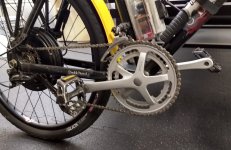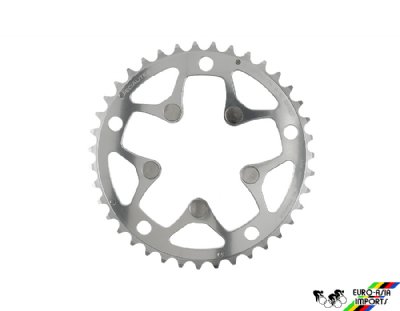Hi have a 1500w DD powered Trek Marlin 5 2018.
It's been going really well, done a couple of hundred KMs and will start using to to commute 60k round trip soon.
One issue though is that the bike is quite low geared, and I think the freewheel set on the hub might be quite large which doesn't help, pretty sure its a 14-32 which makes my top gear 42/14 or 3:1. I think closer to 4:1 would be better for an ebike.
What are the best options for increasing the gear ratio?
Should I be looking to change the freewheel to something like an 11-28?
Or is changing the crankset out to a 48T or even a 50T single and removing the front shifter better?
Or both? Anyone else been through this issue?
It's been going really well, done a couple of hundred KMs and will start using to to commute 60k round trip soon.
One issue though is that the bike is quite low geared, and I think the freewheel set on the hub might be quite large which doesn't help, pretty sure its a 14-32 which makes my top gear 42/14 or 3:1. I think closer to 4:1 would be better for an ebike.
What are the best options for increasing the gear ratio?
Should I be looking to change the freewheel to something like an 11-28?
Or is changing the crankset out to a 48T or even a 50T single and removing the front shifter better?
Or both? Anyone else been through this issue?



